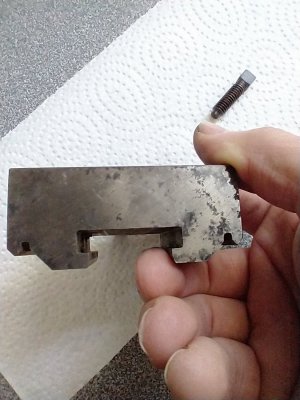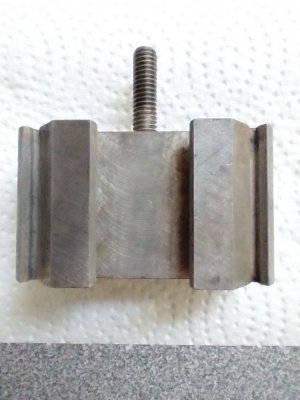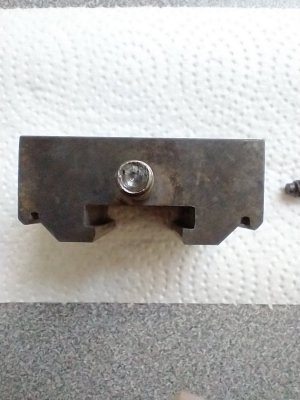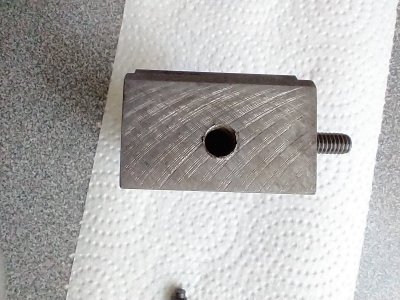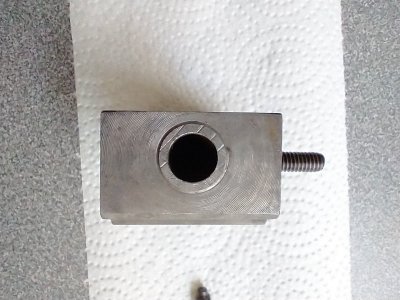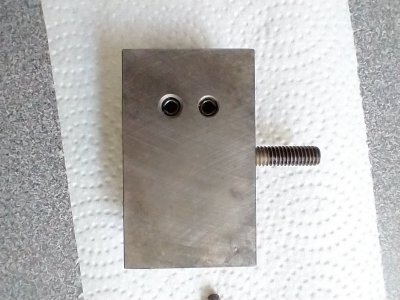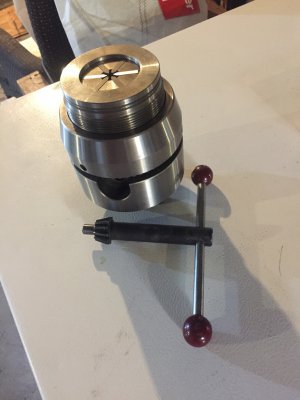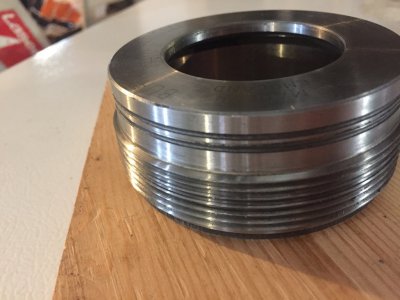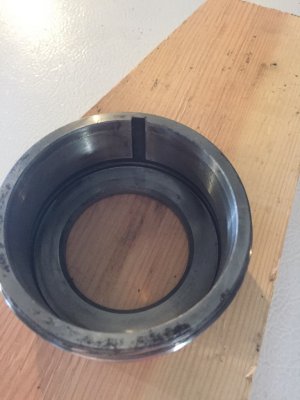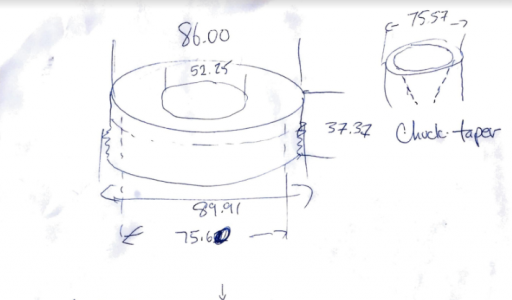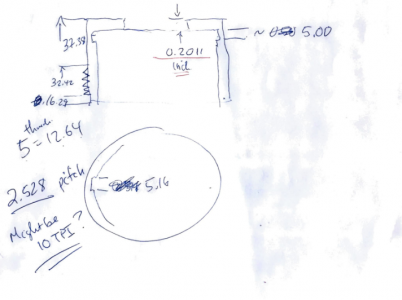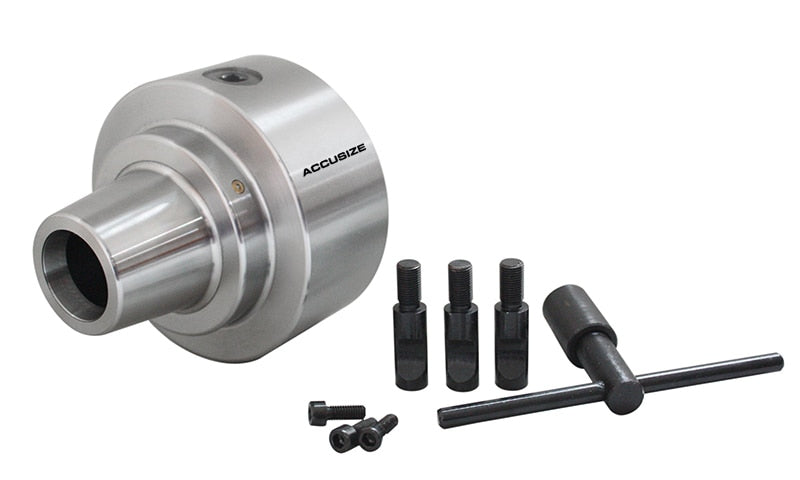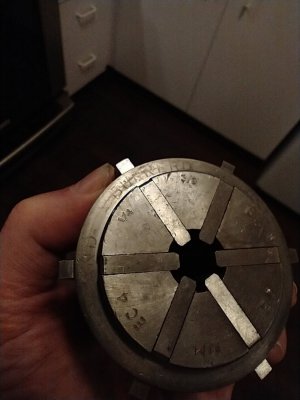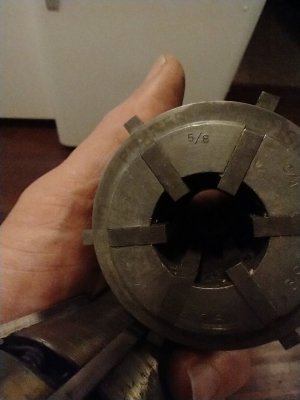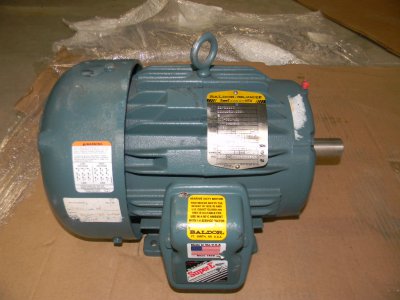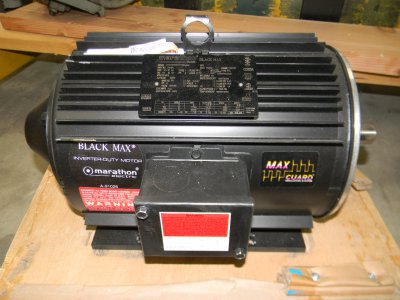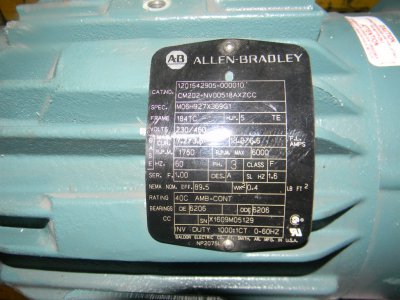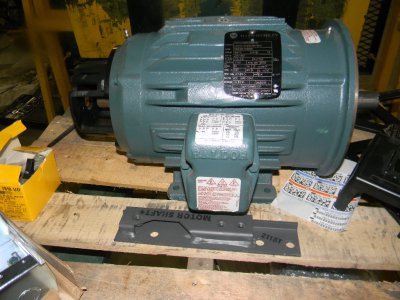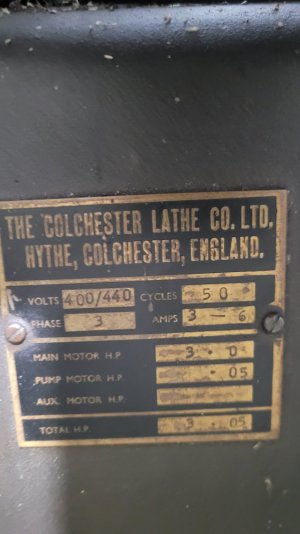- Joined
- Dec 3, 2014
- Messages
- 497
My thoughts on the refinishing process (yes I am a planner)
Since the Chipmaster has a great splash guard, a deep rear well and already had a coolant system in it I'll be using coolant when turning some of my precision work. I've seen that state of the machine and there are plenty of chips out of the finish, gross flaking from filler letting go of the base metal, and spots where the paint, primer and filler have been entirely worn through.
That means pretty much a complete strip down to the base metal will be required in order to start fresh with a new finish that can last another 55 years.
I'm aiming for a quality finish without going totally professional on the application and high end materials side of things.
My thought is to go with two coats of rattle can applied zinc chromate primer on the base metal to provide corrosion protection, a good base for applying fillers, and a matt surface that will allow me to judge where I need to apply thick filler to porosities in the casting and to assess where there will be a benefit of using a thin filler material prior to the next steps.
After the primer and filler application I'll use both a three step finish of:
Four coats of two pack cold cure epoxy high build MIO paint to achieve a dry film thickness of about 700 microns
Two or more coats pearl automotive base coat paint
Application of new labels, gearing charts etc, decals
Two or more coats of urethane enamel clear coat
Thinking this colour scheme orange main, purple contrast and matte black on the inside of the chip tray and sump.
Not sure what that will mean for the original signage plates
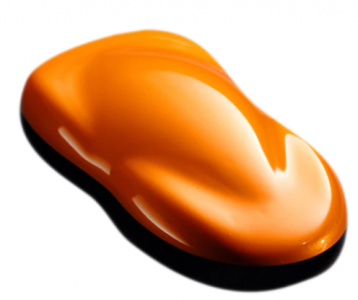
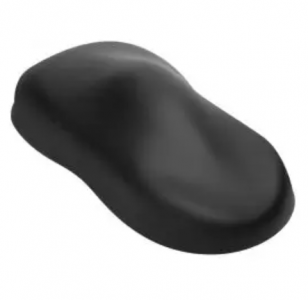
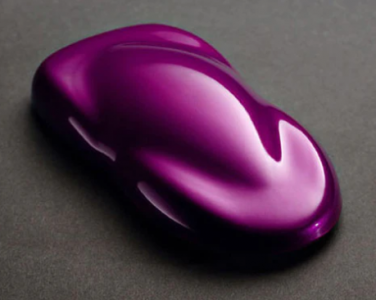
Since the Chipmaster has a great splash guard, a deep rear well and already had a coolant system in it I'll be using coolant when turning some of my precision work. I've seen that state of the machine and there are plenty of chips out of the finish, gross flaking from filler letting go of the base metal, and spots where the paint, primer and filler have been entirely worn through.
That means pretty much a complete strip down to the base metal will be required in order to start fresh with a new finish that can last another 55 years.
I'm aiming for a quality finish without going totally professional on the application and high end materials side of things.
My thought is to go with two coats of rattle can applied zinc chromate primer on the base metal to provide corrosion protection, a good base for applying fillers, and a matt surface that will allow me to judge where I need to apply thick filler to porosities in the casting and to assess where there will be a benefit of using a thin filler material prior to the next steps.
After the primer and filler application I'll use both a three step finish of:
Four coats of two pack cold cure epoxy high build MIO paint to achieve a dry film thickness of about 700 microns
Two or more coats pearl automotive base coat paint
Application of new labels, gearing charts etc, decals
Two or more coats of urethane enamel clear coat
Thinking this colour scheme orange main, purple contrast and matte black on the inside of the chip tray and sump.
Not sure what that will mean for the original signage plates



Last edited:


